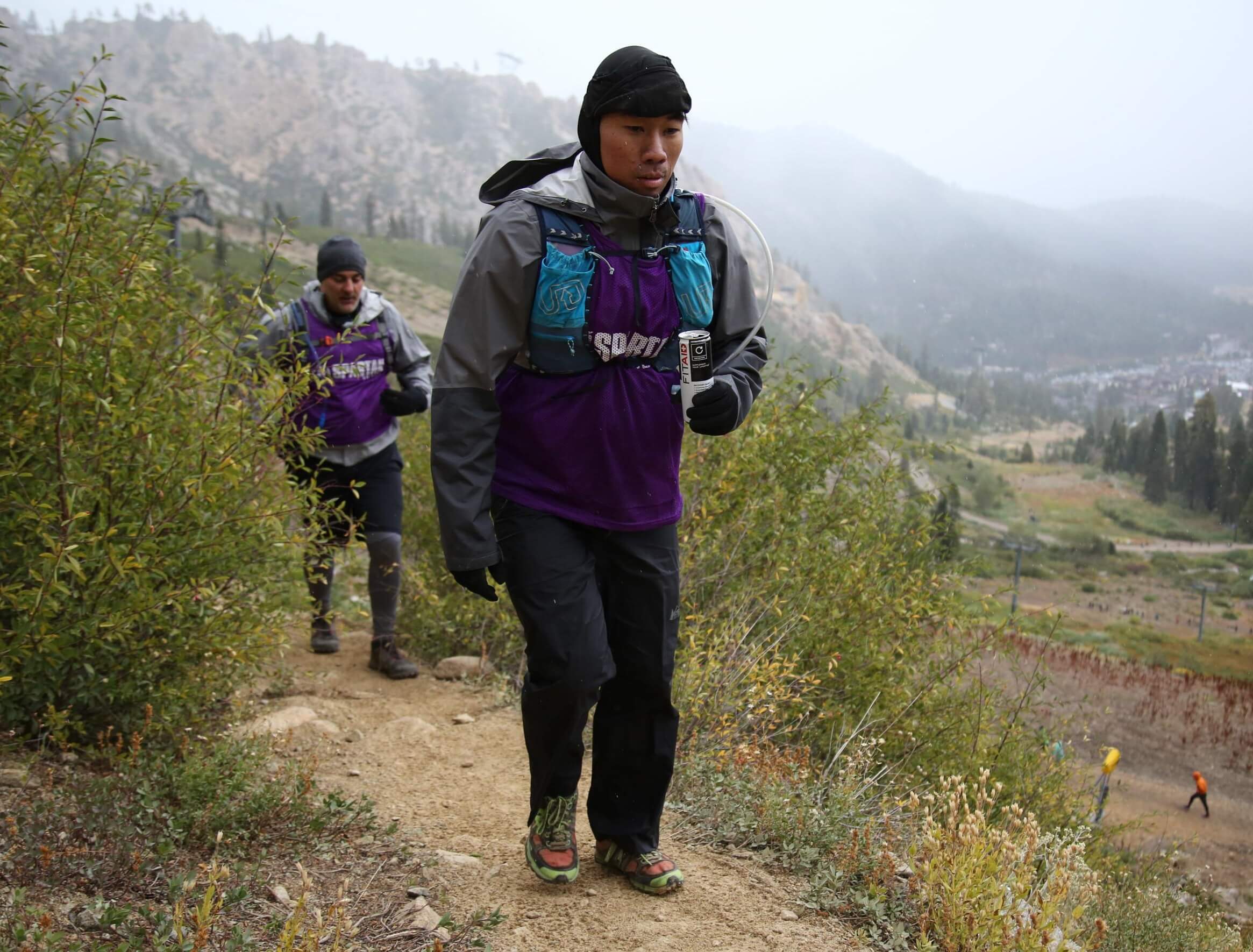2019 Spartan Lake Tahoe Ultra can be summed up in three words; cold, wind and snow. Besides the days and hours spent training, the Ultra racers also needed the proper gear necessary to deal with the elements. This is a breakdown of the top 5 pieces of gear for cold and snowy races besides the gear you should already have such as cold gear tops and bottoms.
Balaclava

The balaclava helps protect your head, ears, nose and neck from the cold, wind, rain and snow. When you needed to vent heat as you run you can also pull it down to your neck and pull it back up when cold again. I found this most useful in protecting my neck from the cold wind and also my whole head once we went to the peak of the Ultra loop at 9,000+ feet where the wind was blowing strong enough that you could lean into it.
Gloves
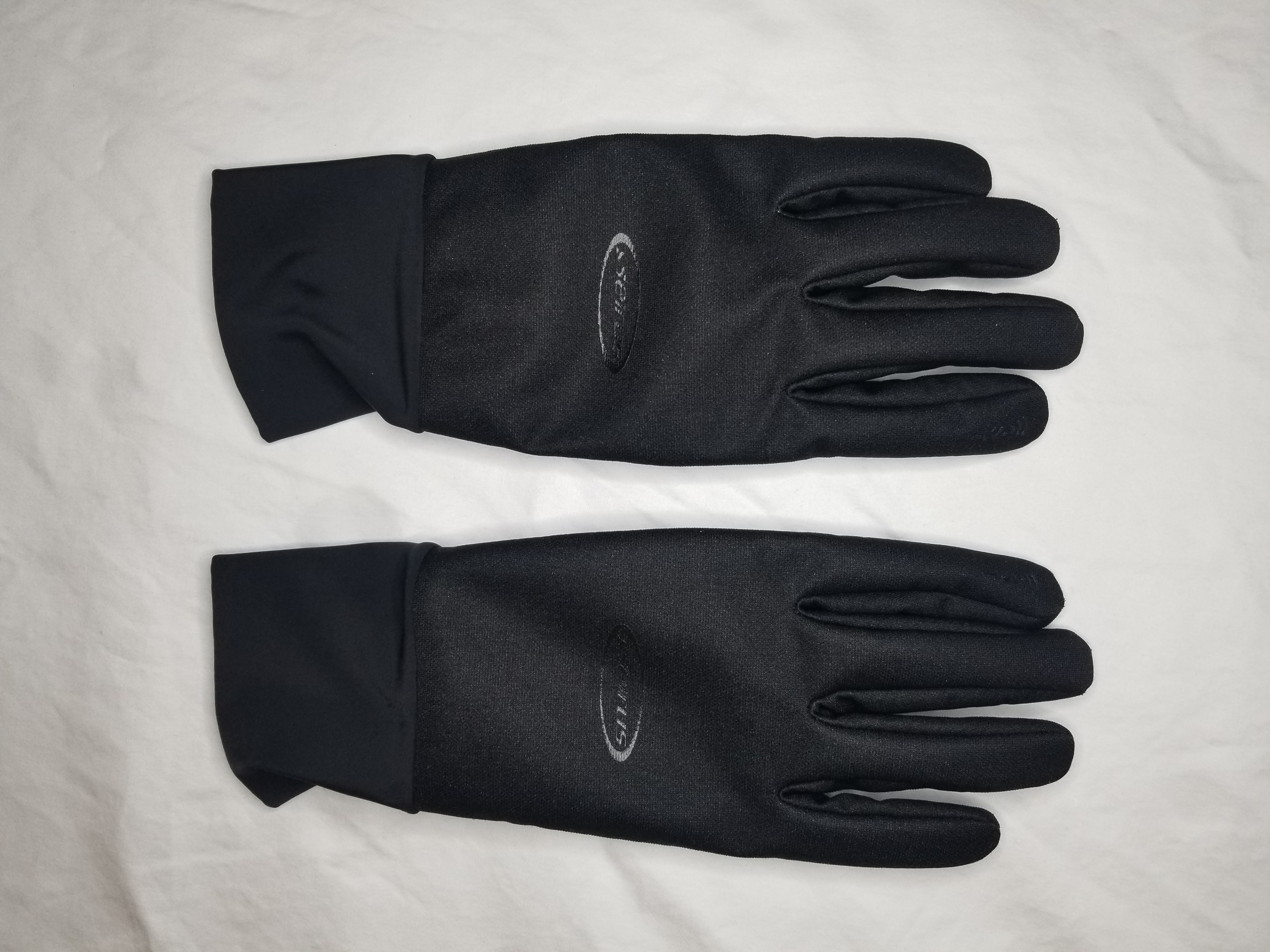
Keeping your hands warm is key for obstacles so gloves are a necessity. I kept these on while up at the summit but took them off for obstacles so I could have full tactile control.
Rain Pants
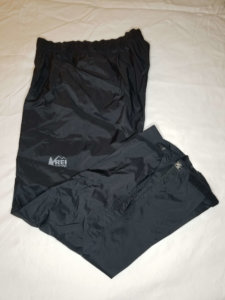
Thin and lightweight Rain Pants are like windbreakers for your legs. They also kept the heat in with my compression leggings. It was useful for keeping my lower body dry when it snowed.
Rain Jacket
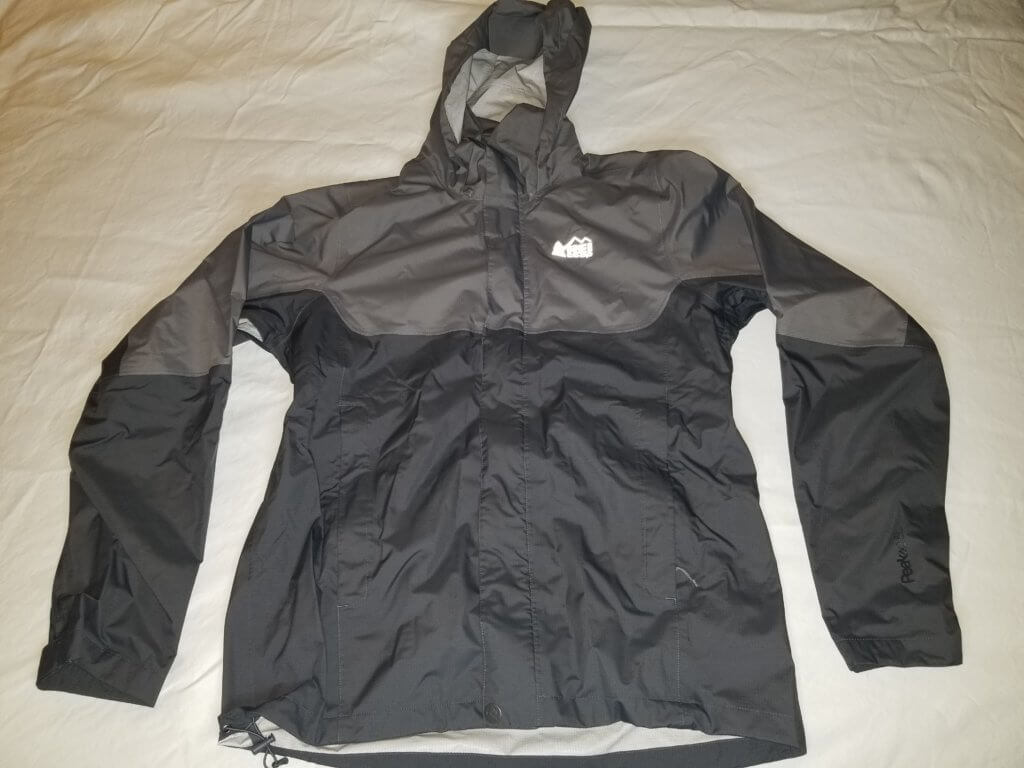
A thin and light Rain Jacket is thicker than a windbreaker but thinner than a down jacket. This middle ground was essential for staying warm but mobile. The hood kept me dry during the precipitation and the arm pit zipper vents kept my core ventilated to avoid overheating. When lightning shut down the course, the racers were pulled into safe zones under trees while waiting for the lightning to dissipate. While waiting it was snowing and the jacket kept me both warm and dry.
1 Gallon Ziplock Bag
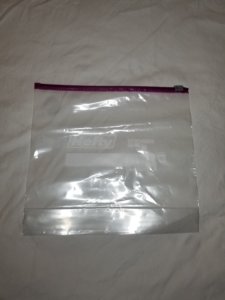
The Ziplock bag was pivotal for keeping my outer layers dry during the infamous Tahoe swim. Before entering the swim, I folded my jacket, pants, balaclava and gloves into two ziplock bags and placed them in my hydration vest storage compartment. Since I ran Age Group competitive, the swim was a mandatory obstacle and I had to bring all my gear into the water with me. When I came out of the water I inspected the bags and saw my clothes were dry. I immediately put back on my jacket to trap my body heat and block the wind. I took off running to stay warm underneath the jacket. Without the Ziplock bag I would’ve been freezing when exposed to the wind while wet.
Along with training, having the right gear for the conditions can make the difference between finishing and failing.
